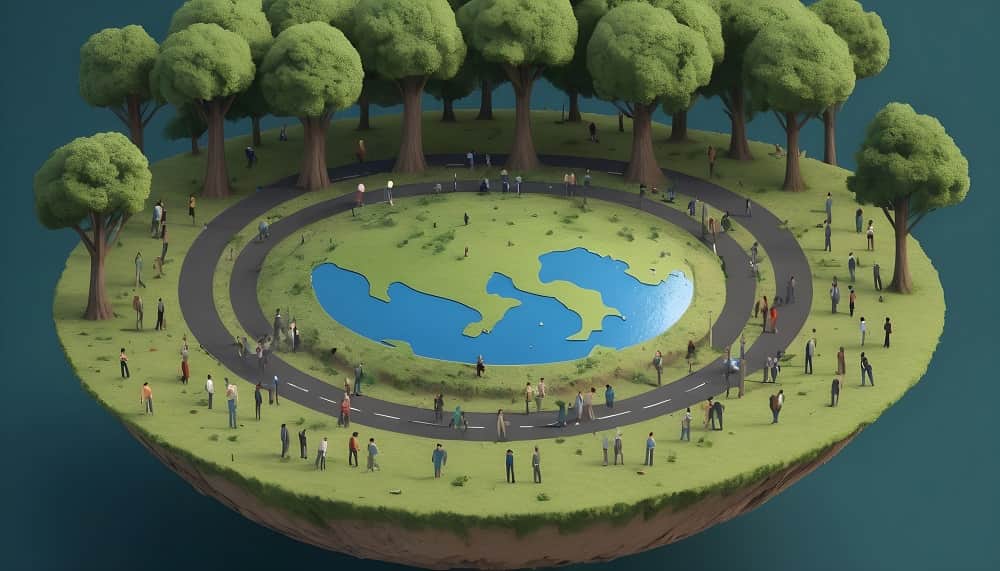Have you ever marveled at the enigma of why the Earth assumes a spherical shape while its surface appears flat? Consider this: when viewed through the lens of science, humans are but minuscule beings in comparison to the magnitude of our planet. The Earth dwarfs us by trillions of times in size; indeed, when you peer from a lofty height, the expanse of the sky appears to merge seamlessly with the Earth below. This optical illusion stems from the curvature of the Earth's surface, which becomes increasingly evident every five kilometers. Yet, in our day-to-day existence, we remain oblivious to this curvature. It is only when viewed from the vantage point of space that the true roundness of our planet becomes apparent. Thus, what appears as flat terrain to us is a mere consequence of our diminutive scale relative to the immense proportions of the Earth.
The journey of Earth from being perceived as flat to recognized as round is a fascinating tale spanning millennia of human civilization. In ancient times, many cultures held beliefs that the Earth was a flat, disc-shaped entity. These beliefs were often rooted in mythology, religion, and limited observational evidence. However, as human knowledge expanded and scientific inquiry flourished, scholars began to question and challenge these prevailing beliefs.
One of the earliest recorded instances of recognizing the Earth's spherical nature dates back to ancient Greece, with philosophers like Pythagoras and later Aristotle proposing arguments and observations supporting a spherical Earth. Their ideas were further developed and refined by scholars such as Eratosthenes, who accurately calculated the Earth's circumference in the 3rd century BCE.
Over the centuries, advancements in astronomy, navigation, and mathematics provided additional evidence supporting the spherical shape of the Earth. Explorers like Ferdinand Magellan circumnavigated the globe in the 16th century, providing empirical proof of the Earth's roundness.
However, despite increasing scientific consensus, beliefs in a flat Earth persisted in some circles well into the modern era. It wasn't until the advent of space exploration in the mid-20th century that humanity gained a comprehensive and irrefutable understanding of Earth's shape. Astronauts orbiting the Earth and images captured from space clearly depicted our planet as a sphere, effectively confirming what astronomers and scientists had long theorized.
Today, the understanding of Earth's roundness is a fundamental tenet of modern science, firmly established through centuries of observation, experimentation, and exploration. The journey from perceiving the Earth as flat to recognizing its true spherical form represents a remarkable evolution in human thought and knowledge.














0 comments:
Post a Comment